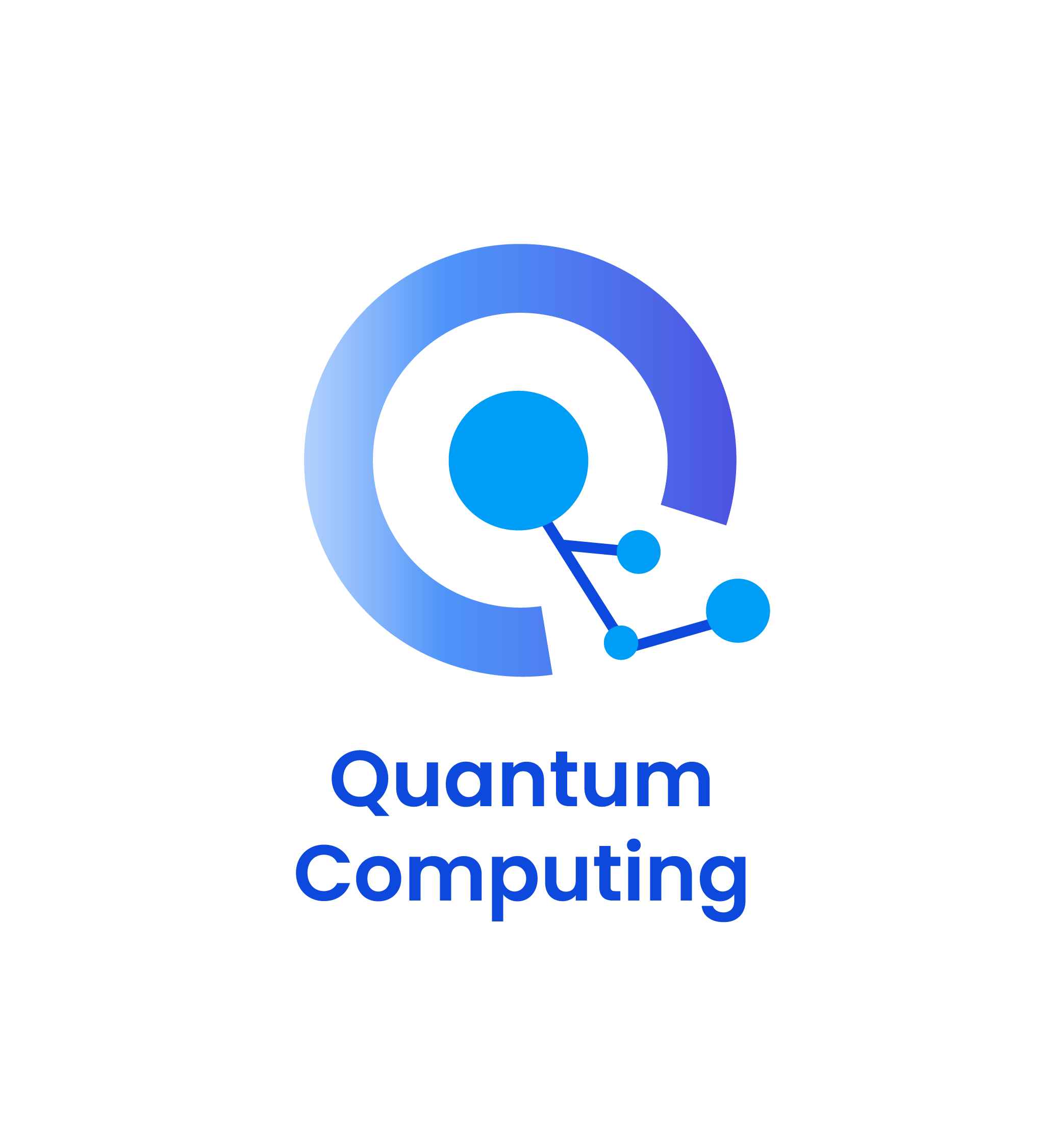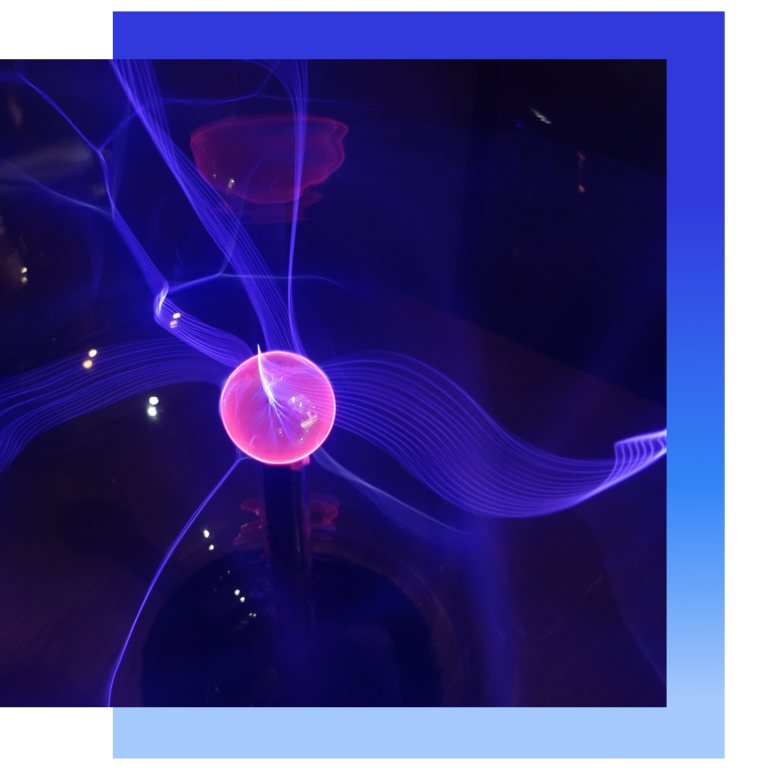
The project
Politecnico di Milano (Polimi) aims to investigate and develop Quantum Computing as a tool for artificial intelligence, machine learning and high-performance computation.
The idea of leveraging quantum mechanics to build a quantum computer (QC) can be dated back to some of its foundational papers published in the early 1980s. For several decades the concept of QC remained confined to theoretical papers and laboratories. In recent years this technology has become available to the wider research community, practitioners and industry. Several companies (among them IBM, Rigetti, D-Wave) now provide QCs on the cloud.
Which problems can a Quantum Computer solve?
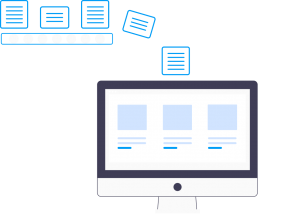
Optimization Problems
Are often both very difficult to solve and very important for industry, as they can play a major role in logistics, resource allocation and other business-critical processes. Finding better solutions would allow improved efficiency and cost savings.
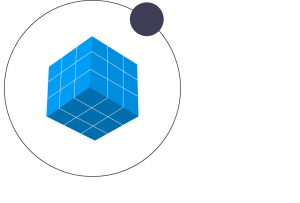
Machine Learning
Is ubiquitous in products and applications and often can be seen as a complex
optimization problem. Quantum algorithms have been developed for many
machine learning tasks such as clustering and linear regression.
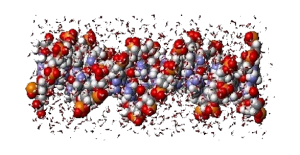
Physical simulation
Of highly complex systems required in chemistry, fluid mechanics and materials simulations.
Research perspectives
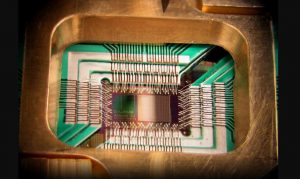
Hardware
development of a circuit able to exhibit and leverage quantum behavior, bringing together both physics and electronics research
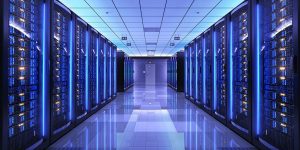
Supercomputing
Ad-hoc computing accelerator for specific tasks such as fluid mechanics, chemistry, materials simulations
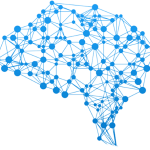
Application
Higher level algorithmic and application research that leverages the computation power of QC. Examples of application are machine learning applied to personalization, cybersecurity, AI.
Quantum Computer Paradigms
Quantum computing technology is a rapidly evolving field. Currently there are two main paradigms for building a quantum computer: Quantum Circuit Model and Adiabatic Quantum Computation model.
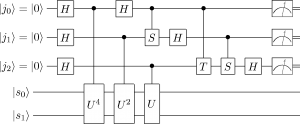
In the Quantum Circuit Model (QCM), sometimes called Gate Model, a computation is performed with a sequence of quantum logic gates applying transformations to the quantum state, in a similar way as how logic gates work in traditional electronics. This is the most flexible type of quantum computer as is “universal”, but it is also the most complex to build. Most available QCM have no more than 100 qbits.
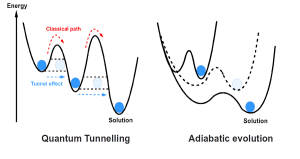
In the Adiabatic Quantum Computation Model (AQC), sometimes called Adiabatic QC, an optimization problem is represented as a graph which is programmed on a quantum circuit. The circuit is evolved from an initial default configuration to the one corresponding to the final problem. The final state of the system will correspond to an optimal solution. AQC systems can solve NP-hard optimization problems and are therefore useful in several scenarios of operations research and machine learning. Although AQC is equivalent to the QCM and therefore universal, current generation devices are not due to hardware limitations and the presence of noise, they are therefore called Quantum Annealers. Quantum Annealers proved to be easier to build than other technologies and are now available with more than 5000 qbits.
